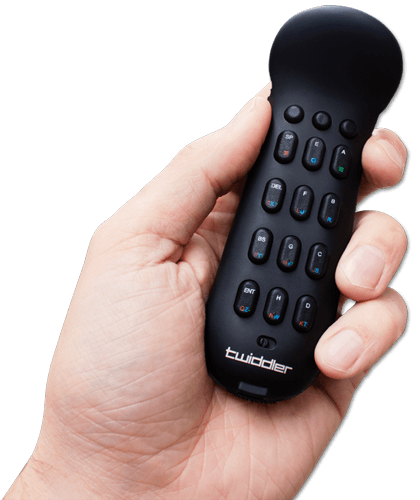-
Notifications
You must be signed in to change notification settings - Fork 0
Home
[Photo of me using my wearable computer](https://raw.githubusercontent.com/andrey-utkin/wearable-computer/master/img/my/front.jpg | width=500)
I am proficient in software engineering in Unix-like environments. Until I have built and polished the wearable computer, I couldn't get full benefits of this in all sorts of 'on the go' environments, for example, while walking or looking after my kid.
The advancement of the smartphone technology has brought huge benefits to the civilisation, making it affordable for many people to have a portable multi-purpose digital assistant with a powerful computing unit and a mind blowing amount of data storage.
However great it is, Unix geeks know we could do better. Being used to modifying and combining the software in our systems easily, it's hard to give up these freedoms. Both iPhone and Android, while having FOSS components, make it very hard and risky to modify the software. The only approved way to extend the functionality of the system is to (create and) install a necessary purpose-built application. But developing even a simple mobile app on these mainstream platforms requires orders of magnitude more effort than writing a simple Unix script, needs more rare skills, and in the end, mobile apps don't lend their power to each other as Unix programs do. This is why the community effort for making the traditional Unix-style environment available to users never stops, despite the lack of backing by large corporations: affordability of custom computing.
'VIA Gecko' running vest by Montane.

There are many manufacturers making such vests. My choice was based on such factors:
- big enough side pockets,
- discreet appearance.
Two ports: 2.1A and 2.4A max. 2.1A port delivers stable power even when you start and stop charging it. This makes it an uninterruptible power supply, making it possible to have uptime of many days.
Capacity: 16750 mAh/61.9 Wh
Input: DC5V/2A
Output: DC5V/4.5A Max Total
Raspberry Pi 4.
Enclosed in a FLIRC metal case for heat dissipation.

A joystick and a chorded keyboard.
Can be used via Bluetooth or via USB cable.
Rotatable and detachable armband phone mount by VUP

Android phone turned out to be a very good display for the wearable computer, it just needs to be connected to it via VNC protocol.
Strap your phone to the wrist of the same hand which holds Twiddler.
vest power bank rpi4 55 gbp twiddler wrist band
Raspbian Linux is a good starting point, but as person with Gentoo background I am now using gentoo-on-rpi-64bit - rpi-targeted gentoo-based downstream distro by Sakaki.
In this short article on a mainstream technology news site, Paul Miller demonstrates how trivial it is to build a wearable Linux computer in 2017.
https://www.cs.vassar.edu/people/priestdo/wearables/top
I like how he uses a term "On Body Linux".
